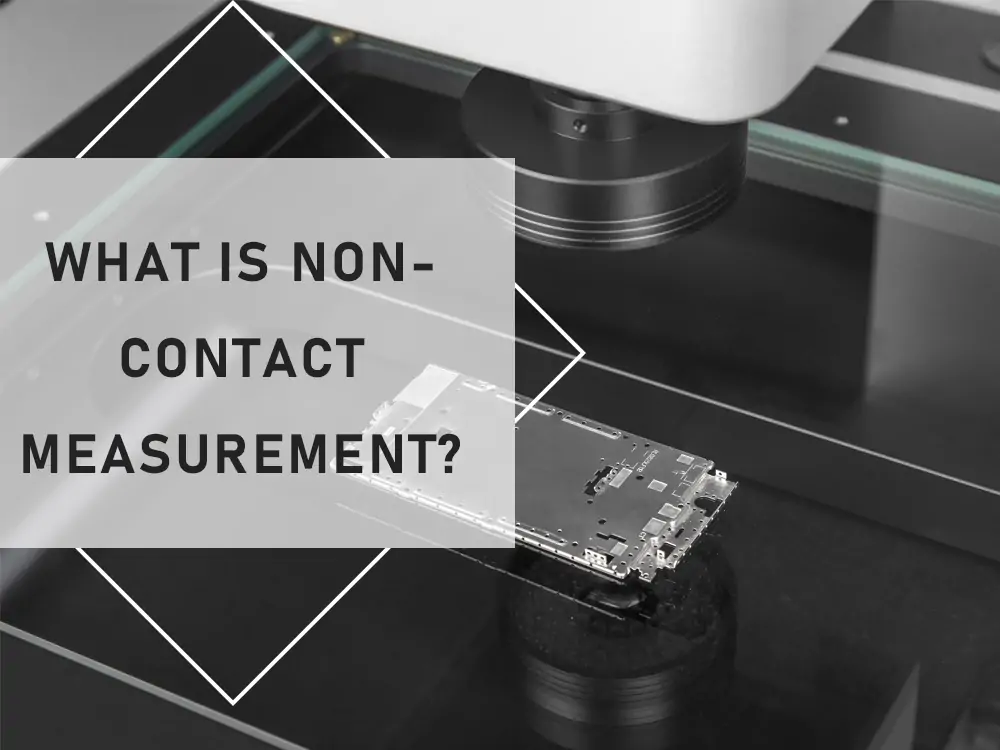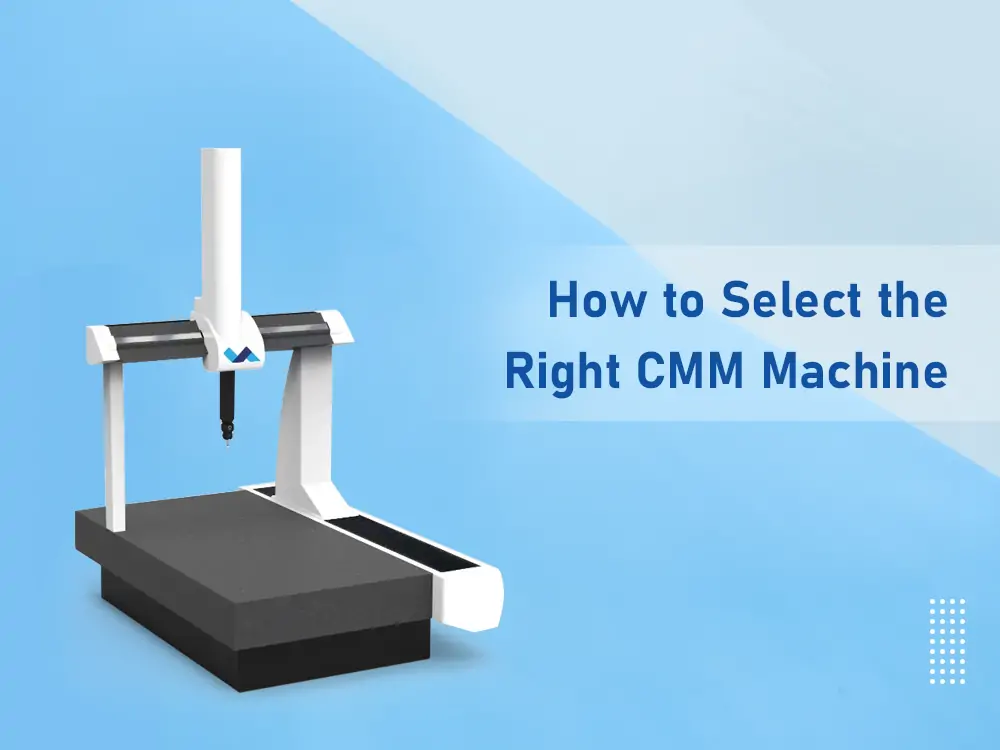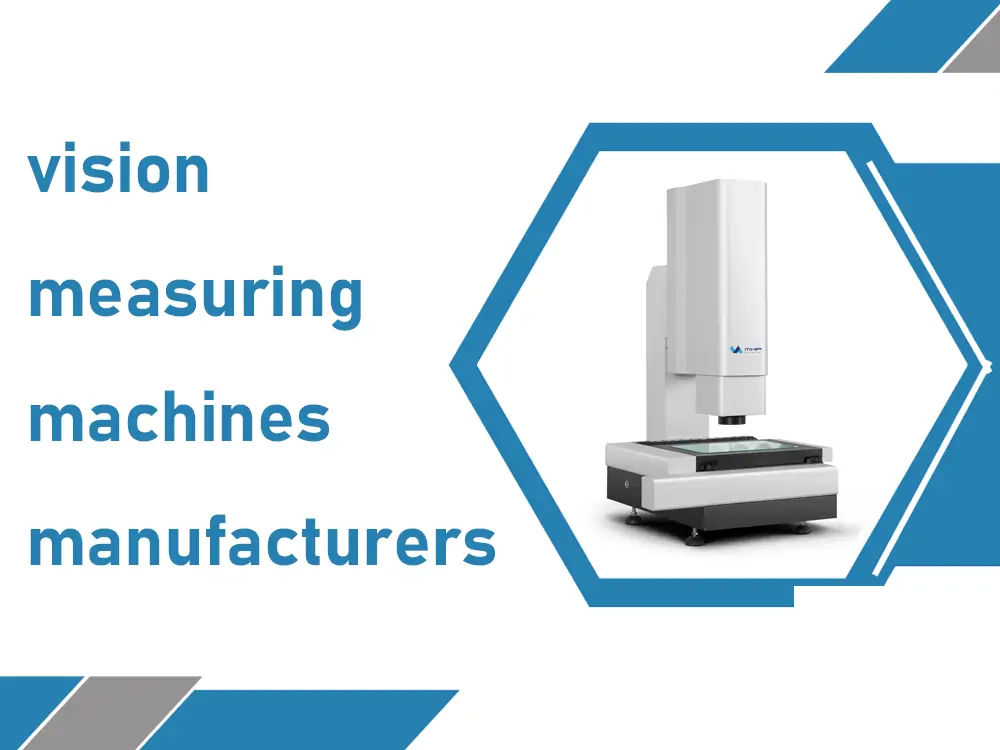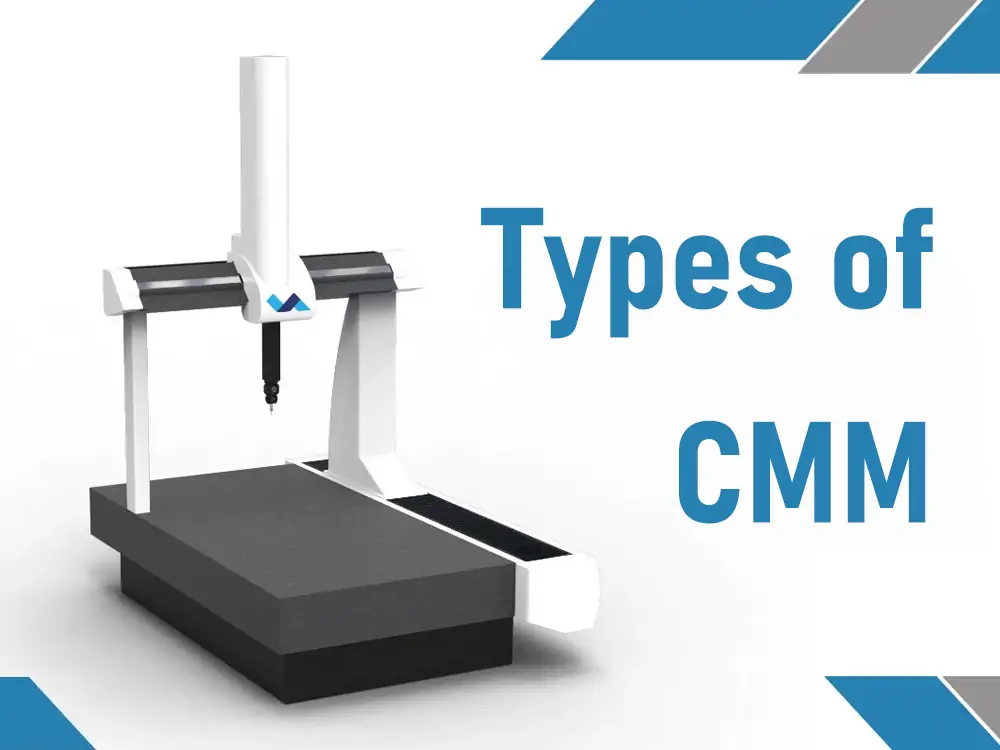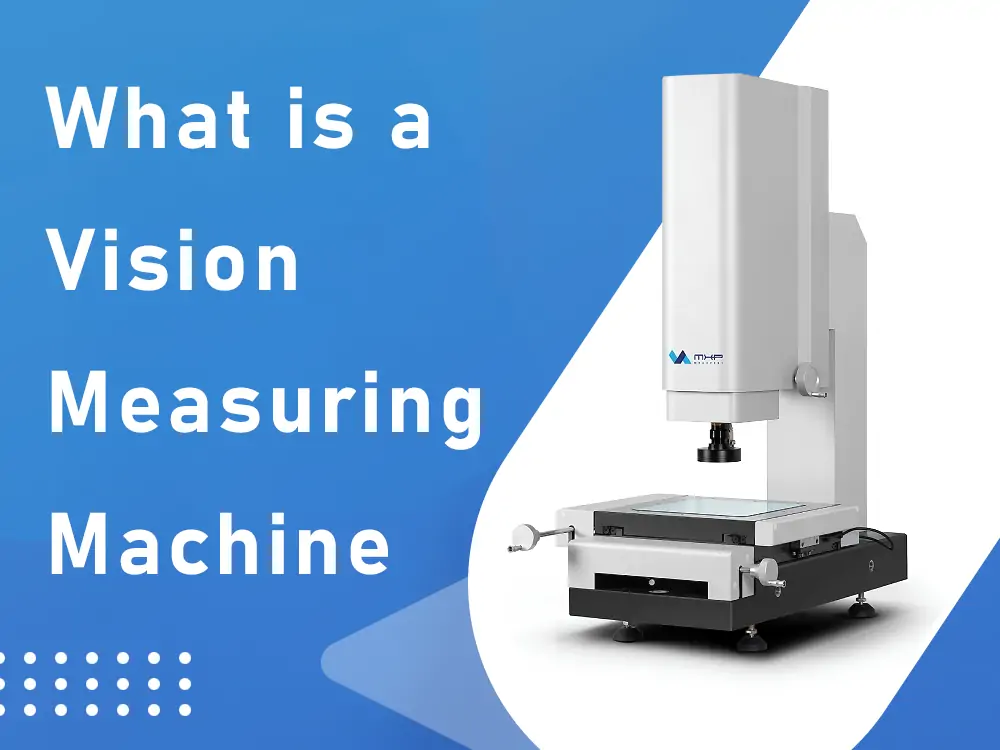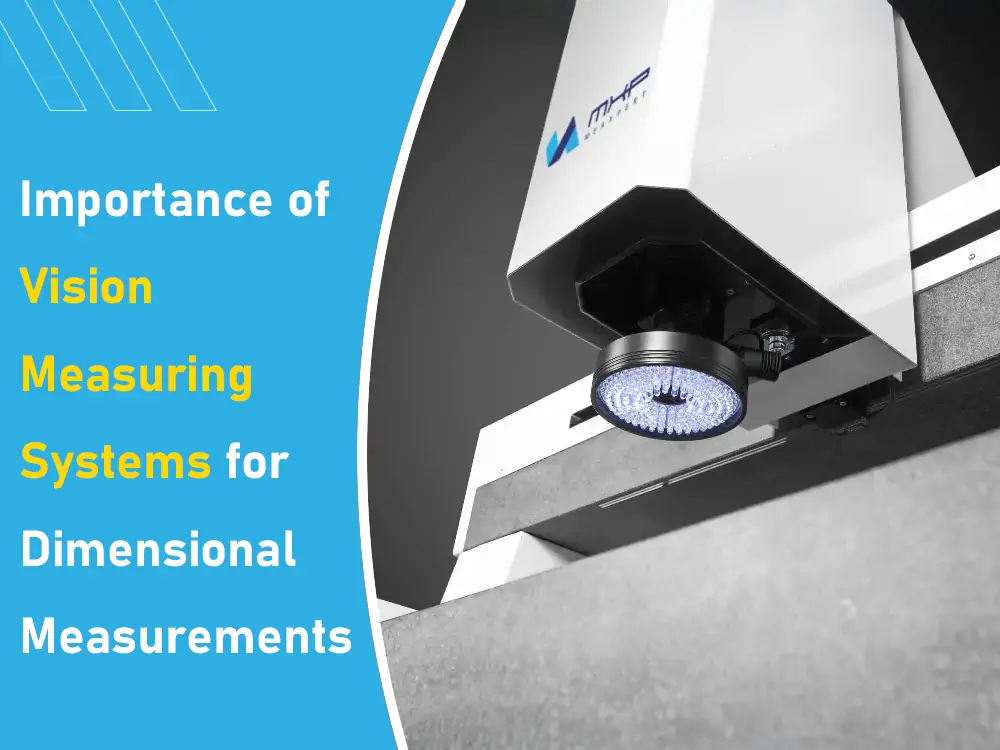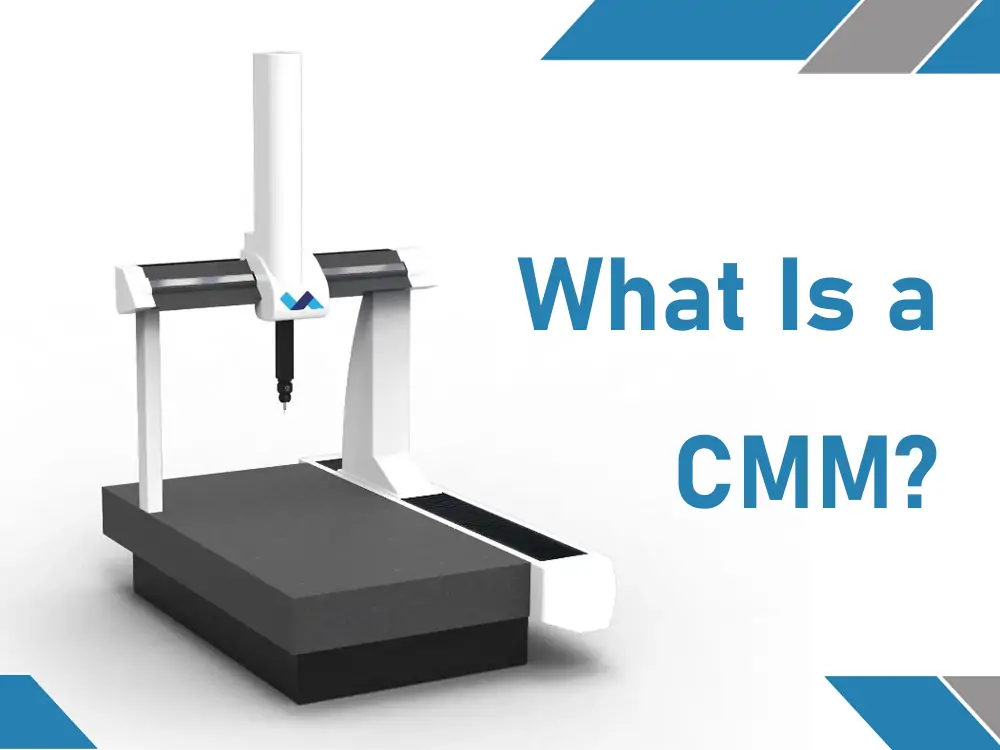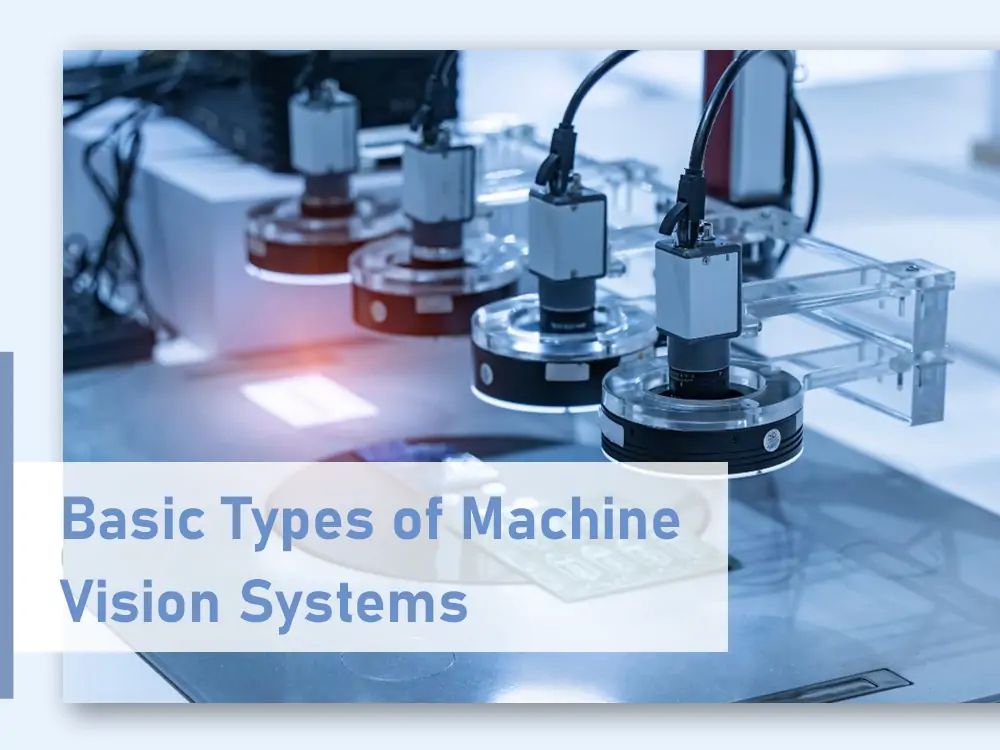Dimensional measurement and geometric analysis have historically been performed using contact-based measurement devices. In current times, however, there are several industries that rely on non-contact measurement. Such requirements can stem from a range of applications. Object sensitivity, high-precision measurement, and automation are a few examples of these advancements. In this article, we will go through…
The current manufacturing landscape is highly competitive. Factories rely on CMMs to accelerate their production speed. How, you may ask? CMMs allow workshops to rapidly measure, analyze, profile, and inspect their workpieces. All of this with sub-micron level precision, high accuracy, and phenomenal resolution. In this article, we will introduce you to some of…
Machine Vision is a great stepping stone in the pursuit of achieving complete industrial automation. In simple terms, it allows machine systems to “see” their surroundings as humans do. By allowing robots to perceive physical objects through vision, we enable them to perform autonomous tasks. Since the 1980s, machine vision has rapidly transformed modern…
As the industry moves away from manual inspection, CMMs have come to the forefront. Manufacturers rely on high-precision measurements with low error probability. These requirements can only be met by Coordinate Measuring Machines. Use cases vary across different sectors, and so do CMMs. Choosing the right CMM is essential to gain profitable returns from the…
Measuring products by hand can be difficult. Industries like automotive, electronics, aeronautics, and medical devices face this problem. Minimal negligence can disrupt production, cause inefficiencies, and create much work. This can lead to financial losses and damage to the company’s reputation. Vision Measuring Machines (VMM) are advanced tools that help solve this problem. The article…
Coordinate Measuring Machines are devices that perform geometric analysis. Manufacturers use CMMs for 3D measurements, tolerances, and quality inspection. For more than 50 years, CMMs have been a staple in several critical industries. The reason is quite simple. Factories strive to eliminate human error from their processes. Conventional metrological tools like calipers, height gauges, and…
Vision Measuring Machines are measuring devices that analyze objects through optical techniques. They automate the process of dimensional analysis, product inspection, and quality checking. They optimize workflows and increase efficiency by removing human dependence on product inspection. Professionals must understand the details of VMMs. Through this article, you will gain all the required information on…
Conventional measuring tools like vernier calipers and optical comparators perform well in laboratories. Yet, the demands of industrial manufacturing are rigorous. Conventional tools fall flat here. That is when you want a vision measuring system. Vision measuring systems are image processing devices. They enhance the speed and efficiency of dimensional measurement. They have many features…
A Coordinate Measuring Machine (CMM) is an advanced tool used to measure the physical geometries of objects with high precision. It works by detecting specific points on an object’s surface, providing accurate data for quality control, design validation, and part inspection in various industries.
Machine vision systems are essential in various industries for tasks like defect detection, OCR, and robotic guidance. They include 2D area scan, 2D line scan, and 3D systems, each suited to specific applications. The effectiveness of these systems depends on the right combination of hardware, lighting, and softwar
- 1
- 2

